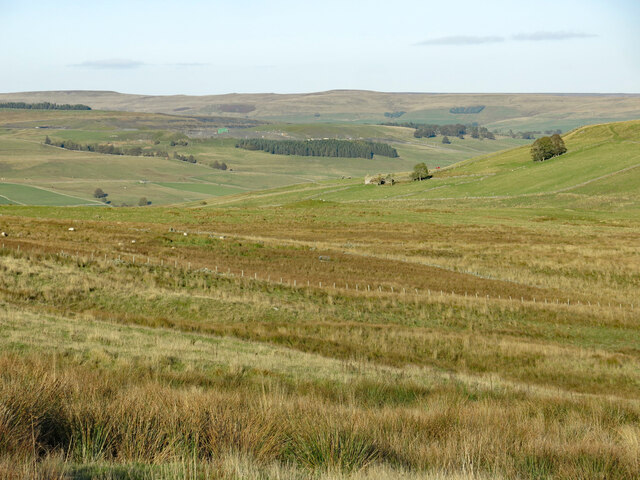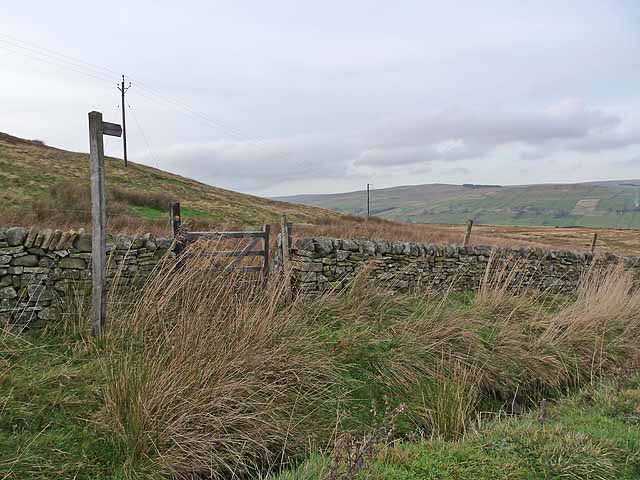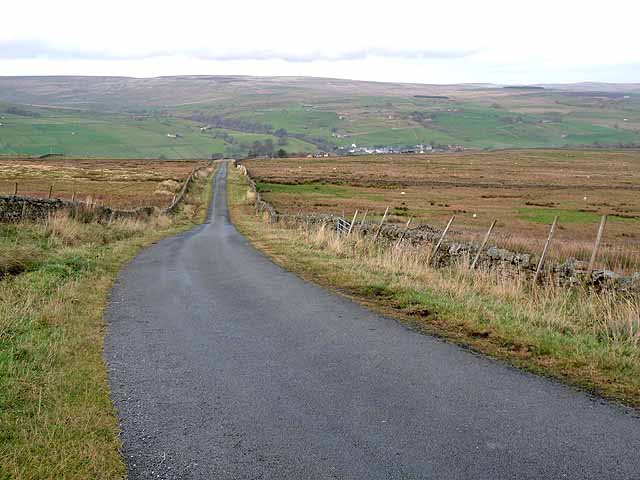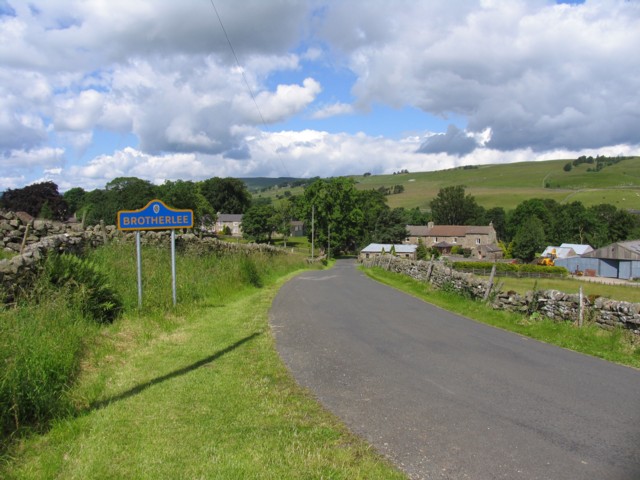Swinhopeburn Wood
Wood, Forest in Durham
England
Swinhopeburn Wood

Swinhopeburn Wood, located in Durham, is a picturesque forest that covers an area of approximately 100 acres. It is nestled within the North Pennines Area of Outstanding Natural Beauty, offering visitors a tranquil and idyllic escape from the bustling city life.
The wood is predominantly made up of native broadleaf trees, including oak, ash, and birch, which create a dense canopy that provides shade and shelter for a wide variety of wildlife. The forest floor is adorned with a vibrant carpet of bluebells and wildflowers during the spring, enhancing the natural beauty of the area.
Swinhopeburn Wood is crisscrossed with a network of well-maintained footpaths and trails, allowing visitors to explore the woodland at their own pace. These paths lead visitors through the heart of the forest, meandering alongside babbling brooks and through peaceful glades. The wood also boasts a small stream, which adds to the tranquility of the surroundings.
The forest is home to a diverse range of wildlife, including roe deer, badgers, and a multitude of bird species. Birdwatchers will particularly enjoy their visit, as Swinhopeburn Wood provides an excellent habitat for woodland birds such as woodpeckers, owls, and warblers.
The wood is open to the public throughout the year, offering a range of recreational activities such as walking, picnicking, and nature watching. It is a popular destination for families, nature enthusiasts, and photographers, who are all drawn to the natural beauty and peaceful atmosphere that Swinhopeburn Wood has to offer.
If you have any feedback on the listing, please let us know in the comments section below.
Swinhopeburn Wood Images
Images are sourced within 2km of 54.730029/-2.1452184 or Grid Reference NY9037. Thanks to Geograph Open Source API. All images are credited.

![River Wear upstream near Daddry Shield Extensive areas of stones and boulders are exposed due to the low water level in the river in this view from the Weardale Way on its south side.
[Note: as this image upload was made, (28 April 2022), 1:50 000 OS mapping, depending on how it was accessed on the Geograph website showed the route of the Weardale Way on different sides of the river at the location.]](https://s1.geograph.org.uk/geophotos/07/15/84/7158497_3201fa07.jpg)



Swinhopeburn Wood is located at Grid Ref: NY9037 (Lat: 54.730029, Lng: -2.1452184)
Unitary Authority: County Durham
Police Authority: Durham
What 3 Words
///constants.adopting.stowing. Near Stanhope, Co. Durham
Nearby Locations
Related Wikis
Westgate-in-Weardale railway station
Westgate-in-Weardale railway station served the village of Westgate, County Durham, England, from 1895 to 1965 on the Weardale Railway. == History == The...
Westgate Methodist Chapel
Westgate Methodist Chapel stands on the A689 road in the village of Westgate, some 5 miles (8 km) west of Stanhope, County Durham, England (grid reference...
Westgate, County Durham
Westgate is a village in the civil parish of Stanhope, in County Durham, England. It is situated in Weardale between St John's Chapel and Eastgate. In...
North Pennines
The North Pennines is the northernmost section of the Pennine range of hills which runs north–south through northern England. It lies between Carlisle...
Daddry Shield
Daddry Shield is a village in the civil parish of Stanhope, in County Durham, England. It is situated on the south side of the River Wear in Weardale,...
A689 road
The A689 is a road in northern England that runs east from the A595, 3.1 miles (5.0 km) to the west of Carlisle in Cumbria, to Hartlepool in County Durham...
Brotherlee
Brotherlee is a small village in the civil parish of Stanhope, in County Durham, England situated on the south side of Weardale, between Stanhope and Daddry...
Slit Woods
Slitt Woods is a Site of Special Scientific Interest in the Wear Valley district of County Durham, England. It occupies the valley of Middlehope Burn,...
Nearby Amenities
Located within 500m of 54.730029,-2.1452184Have you been to Swinhopeburn Wood?
Leave your review of Swinhopeburn Wood below (or comments, questions and feedback).



















